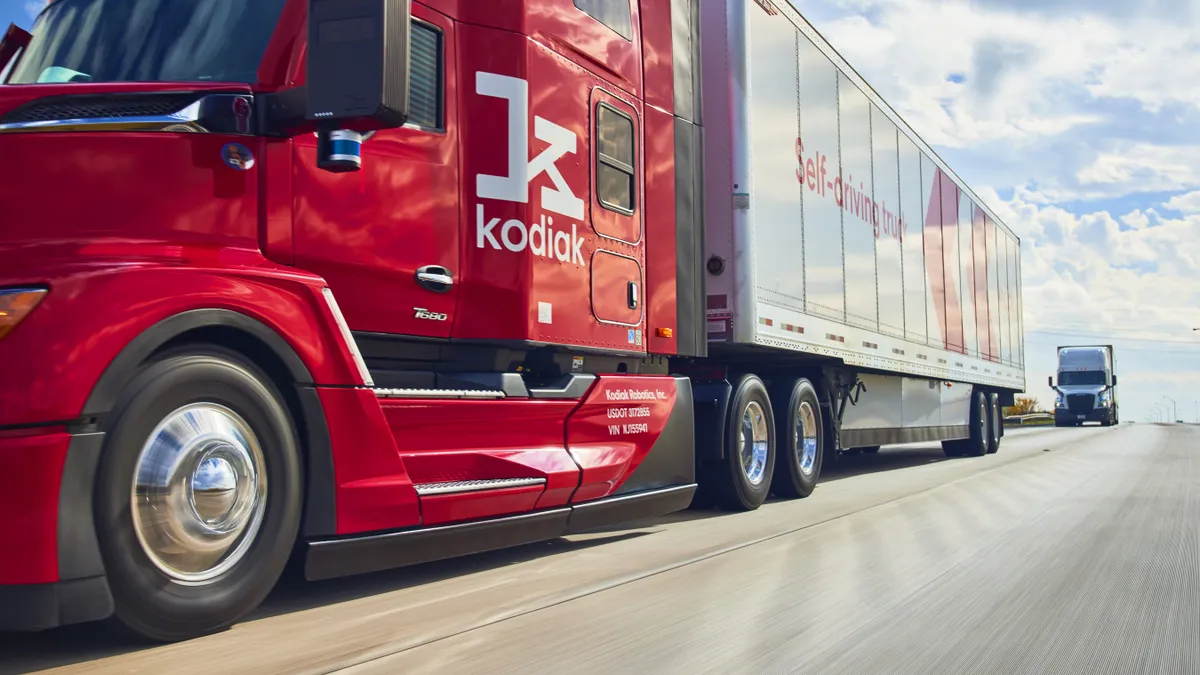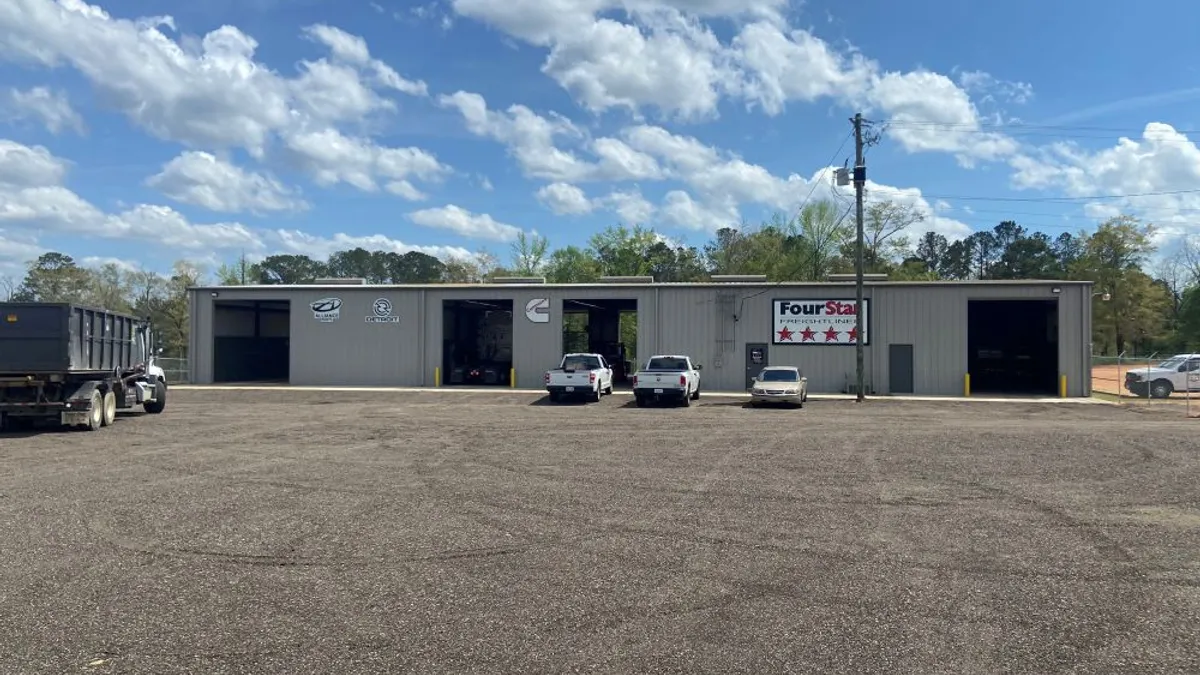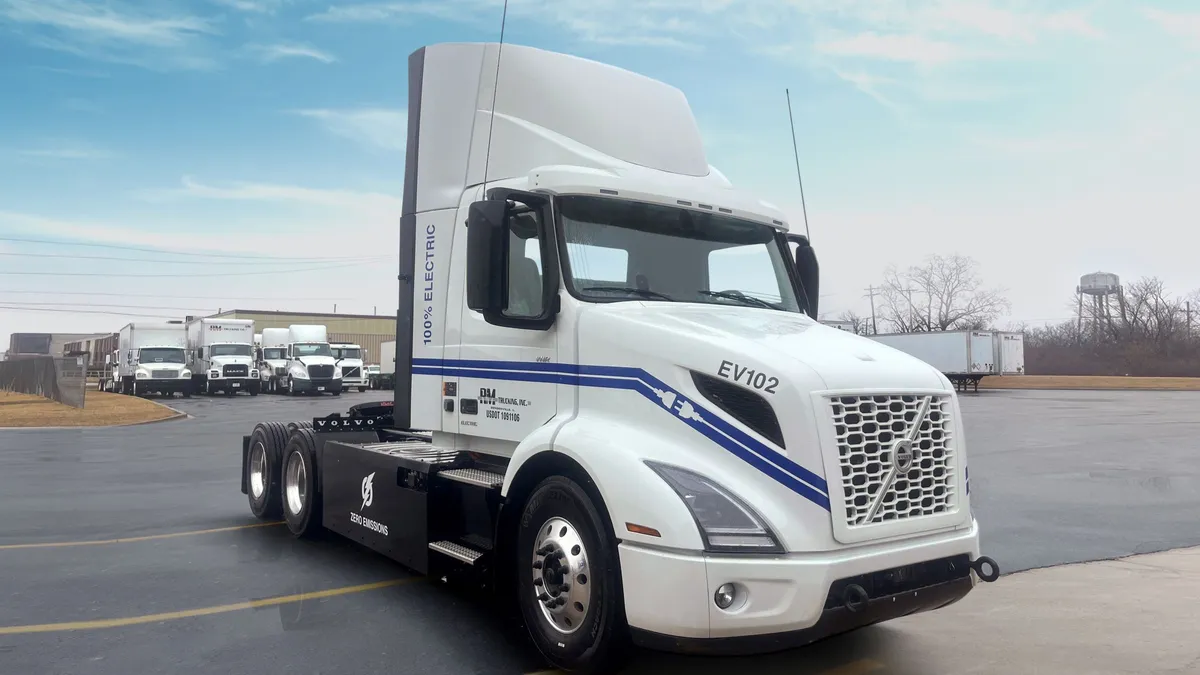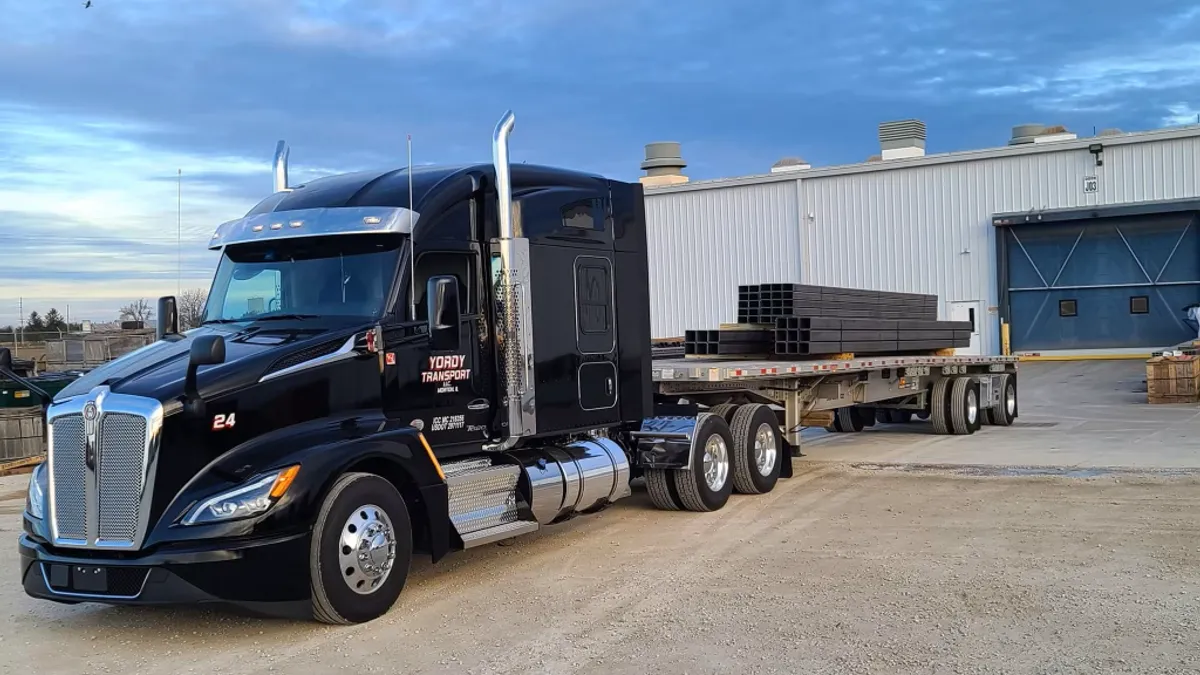U.S. Xpress is betting on the future, and that means an aggressive strategy when it comes to autonomous vehicles. Eric Fuller, president and CEO, said via email that AV investment is front and center to its plans.
"We feel autonomous will be a significant component of the trucking industry in the decades to come, so investing time and resources now is a longer-term strategic play," he said. "While we have plenty of other areas of focus, we're keeping autonomous near the top of our priority list."
Fuller's company is part of "the first wave" of customers to put in reservations for TuSimple's Level 4 International LT Series trucks, which are set to begin production with Navistar in 2024.
TuSimple recently went public. And as more AV companies follow suit, the industry advances on the timeline to widespread adoption. The question becomes, which approach should fleets take? Go big or go home, or wait and see?
The answer is different for each trucking company.
Doing due diligence
Transportation executives need to weigh many factors before deciding on an investment strategy.
"There are two important questions they need to consider," said Sam Abidi, head of business development at Embark Trucks, which announced at the end of June it was going public via a special purpose acquisition company. "The first is whether or not it's right for their fleet. The second, then, is which AV company to partner with."
Embark's current list of partners investing in and testing the technology includes HP, Werner, Bison Transportation and others.
Before beginning a partnership or making an investment, fleets should ensure the AV company checks their boxes and vice versa, Abidi said.
"While we have plenty of other areas of focus, we're keeping autonomous near the top of our priority list."

Eric Fuller
President and CEO of U.S. Xpress
"AV works best for long hauls, because you'll get your money's worth, rather than being limited by your drivers' HOS requirements," Abidi said.
In its current pre-launch state, AV also makes the most sense for companies located in the southern half of the country.
"The equipment works best when the weather is favorable, not encountering snow or sleet," said Abidi. "Over the coming decade, it will expand north, too."
Another factor for firms to consider is whether their trucks run in power lanes. While AVs are in the early stagges of deployment, they're a good fit for lanes that get high-volume and repeatable traffic.
"It's smart to avoid obscure parts of the U.S. and focus on high density areas with transfer hubs and mapping lanes," Abidi explained.
When it comes to picking an AV OEM with which to partner, there are multiple factors to consider. Fuller said the first step is research, finding out which company's vision aligns best with the fleet's.
"We've made modest investments in a handful autonomous companies to remain connected as each rolls out, tests and modifies its technology," explained Fuller. "There are a few other larger carriers who have made similar investments along with more significant investment from the larger VC community."
"AV works best for long hauls, because you'll get your money's worth, rather than being limited by your drivers' HOS requirements."

Sam Abidi
Head of Business Development at Embark Trucks
Also consider how much software support there is for your investment.
"We think this requires a new level of oversight and must be dispatched intelligently," said Abidi. "Monitoring should be provided by the AV company and not left to the carrier."
Abidi and Fuller added that carrier investment comes in multiple forms.
"The investment doesn't need to be financial," said Fuller. "While we have made modest financial investments in a few different autonomous companies, many are simply looking for insight, vision, and strategy from their carrier partners."
Investment can also be in the form of management's time.
"Think of AV as another mode that carriers will run, much like intermodal 20 years ago. With a new business unit, you need planning in every area, from operations to maintenance," Abidi said.
But when?
As for a realistic timeline, most partner companies are banking on a span of a few years. Embark's plan is to open to the sunbelt in 2024, and then expand to the rest of the contiguous U.S. in 2026, Abidi said.
"This is very much over multiple years rather than a one-moment activation," he said.
U.S. Xpress anticipates fully autonomous trucks will run in lanes within the next five years, followed by a more measured pace of adoption in the coming decade, Fuller said.
"With a new business unit, you need planning in every area, from operations to maintenance."

Sam Abidi
Head of Business Development at Embark Trucks
"Other carriers see this as a much longer timeline, with autonomous trucks running with safety drivers onboard 10 years from now," he said.
While AV investment was the right move for U.S. Xpress at the moment, Fuller said it might not be for others.
"It's not imperative that all fleets invest in this technology now, and for many, it makes sense to take the wait-and-see approach," he said. "This technology will continue to develop and mature in the months and years to come. For smaller fleets, autonomous trucks may never truly impact their business."




















